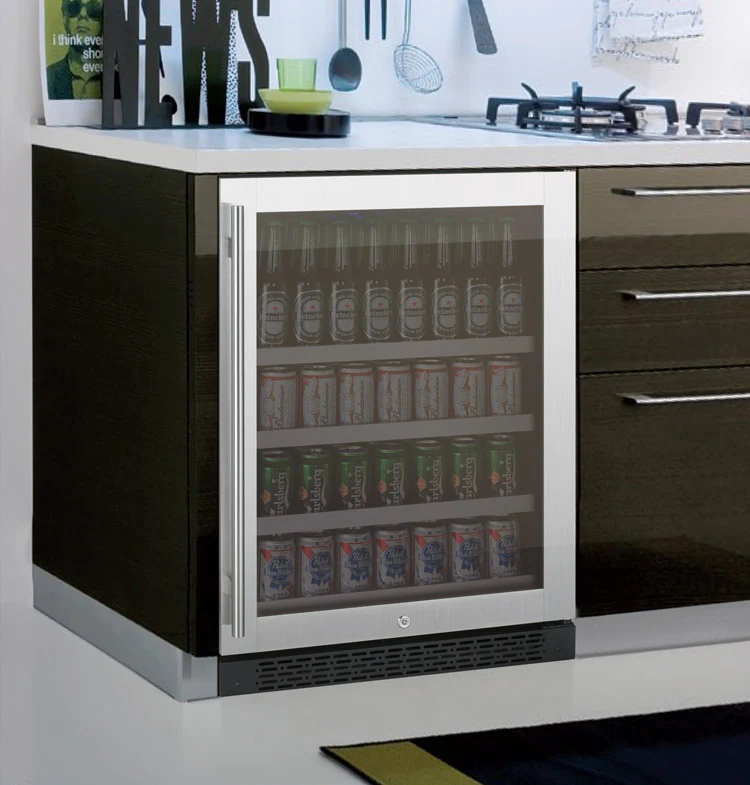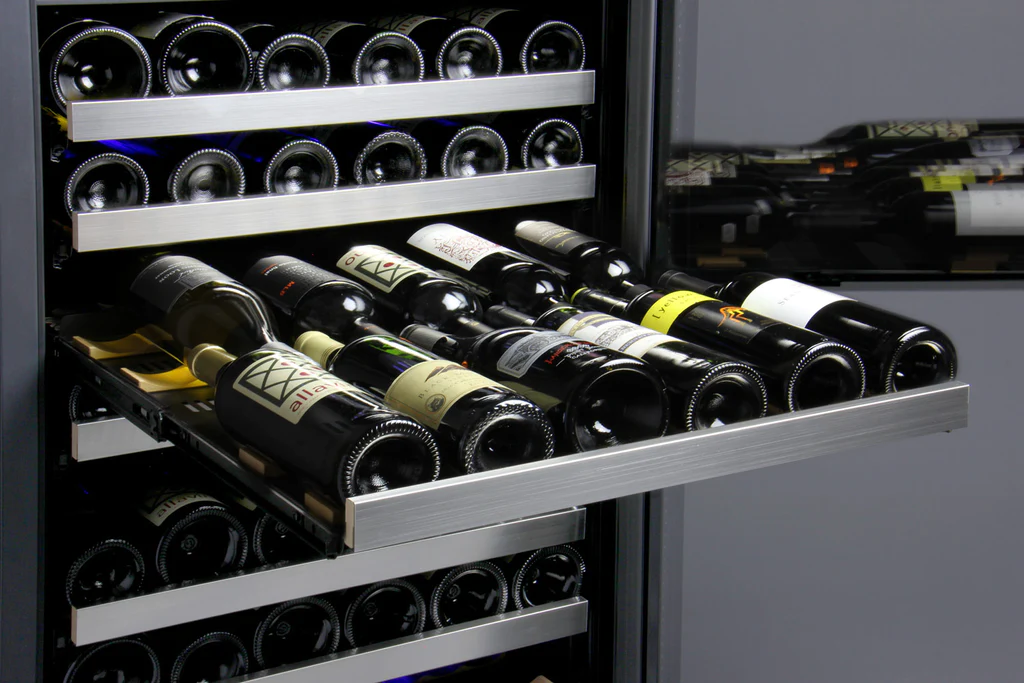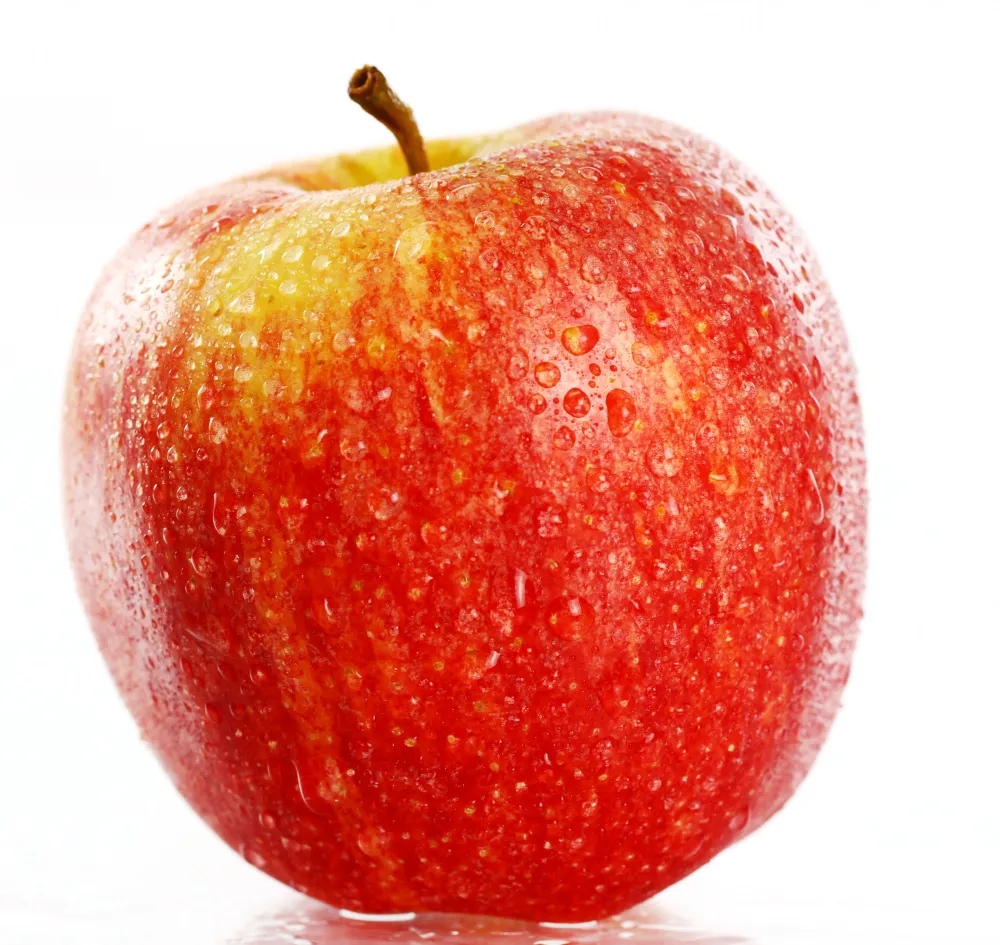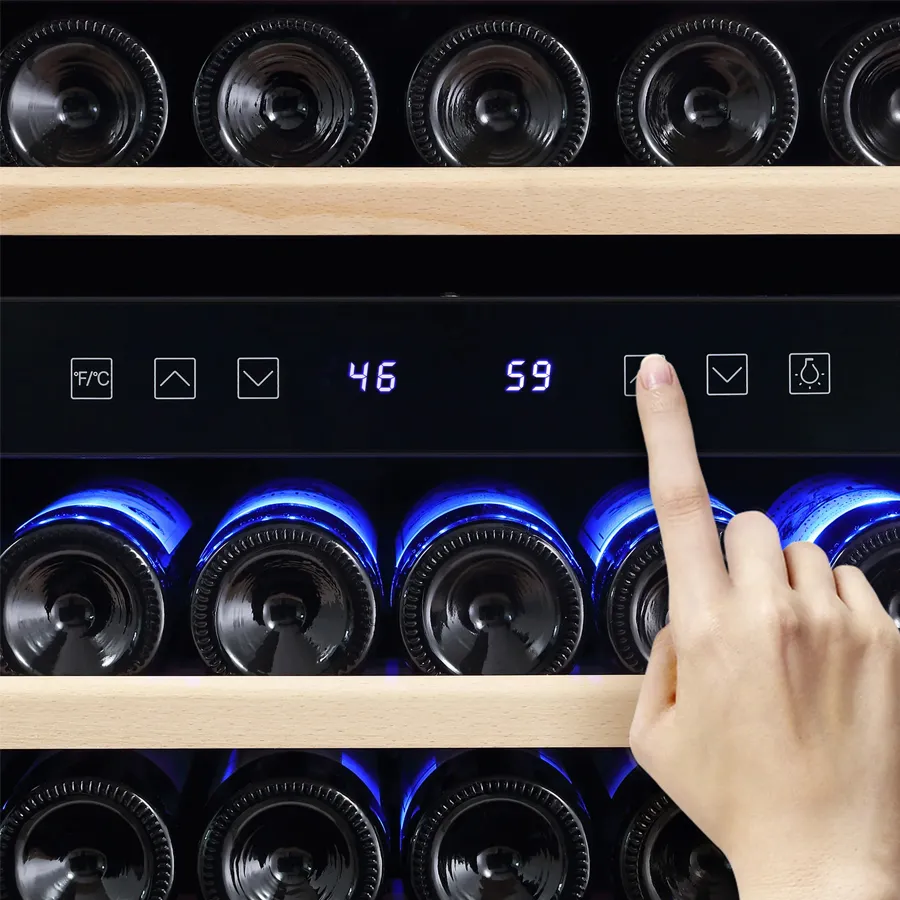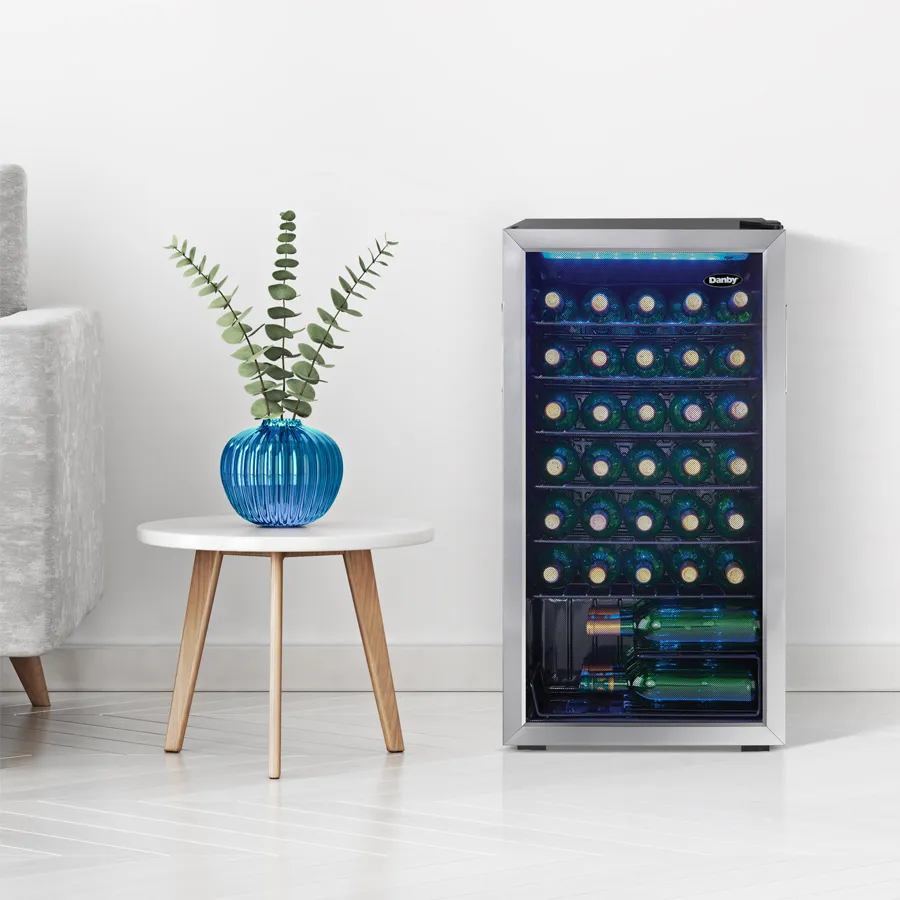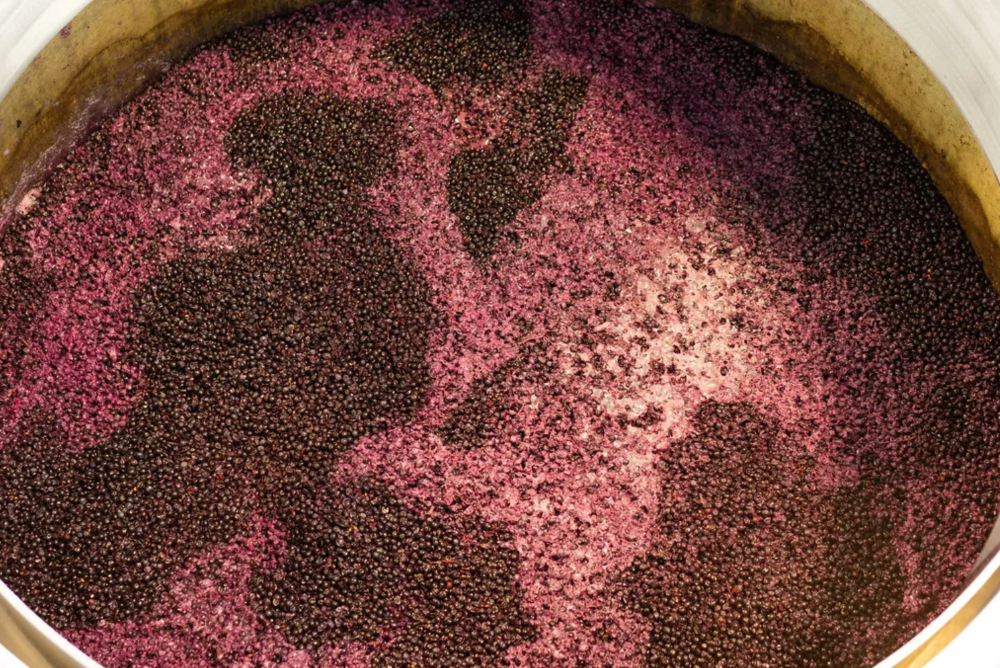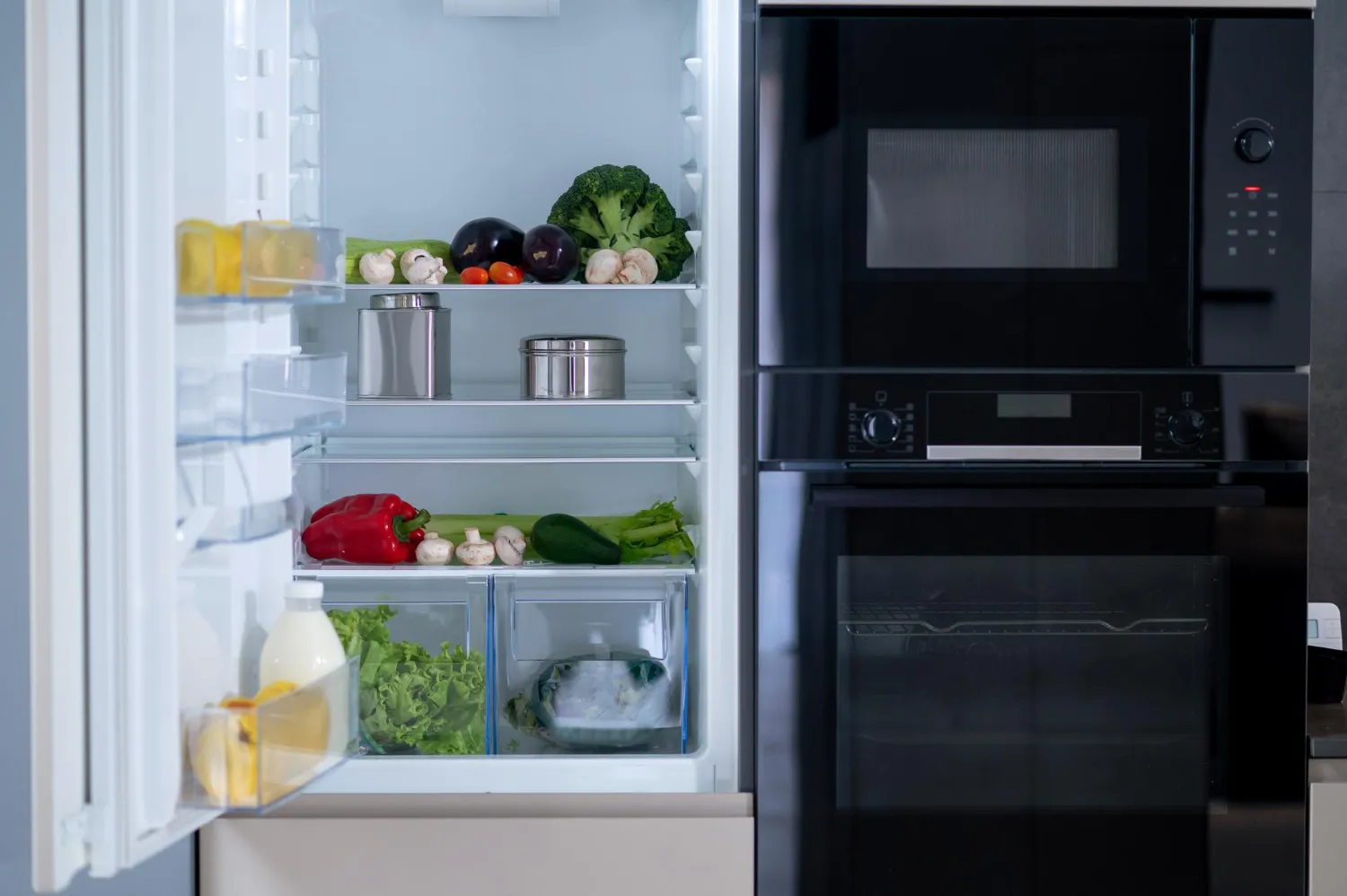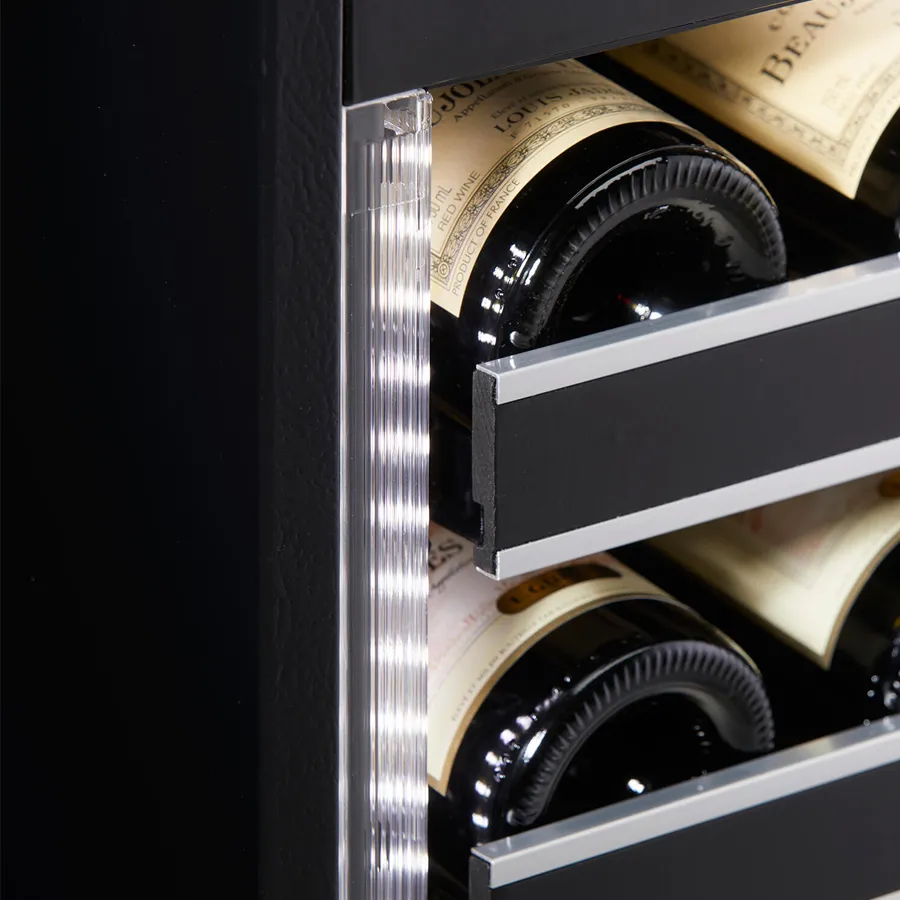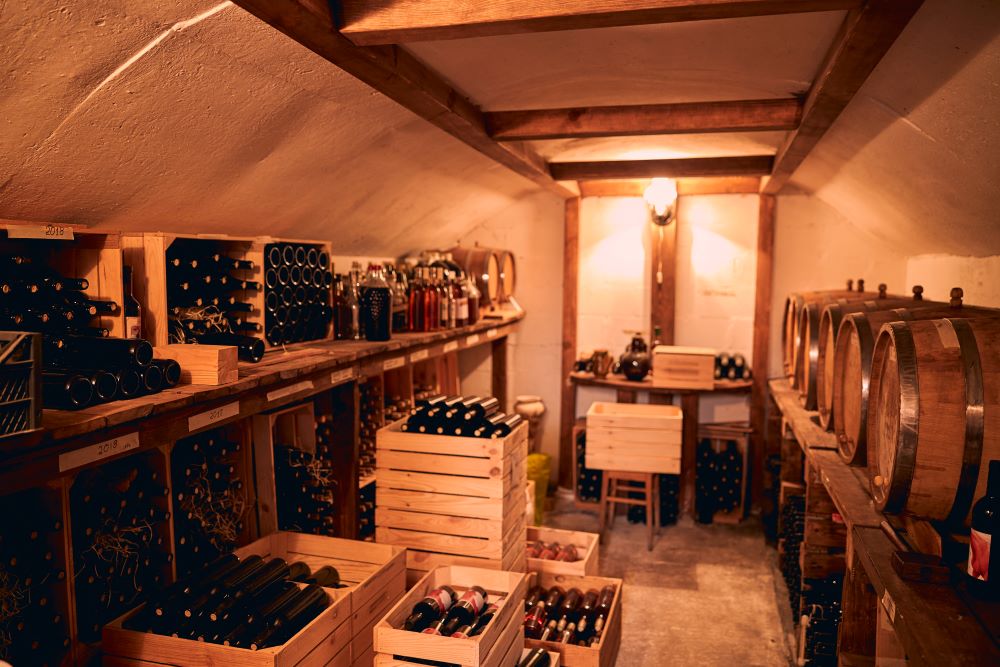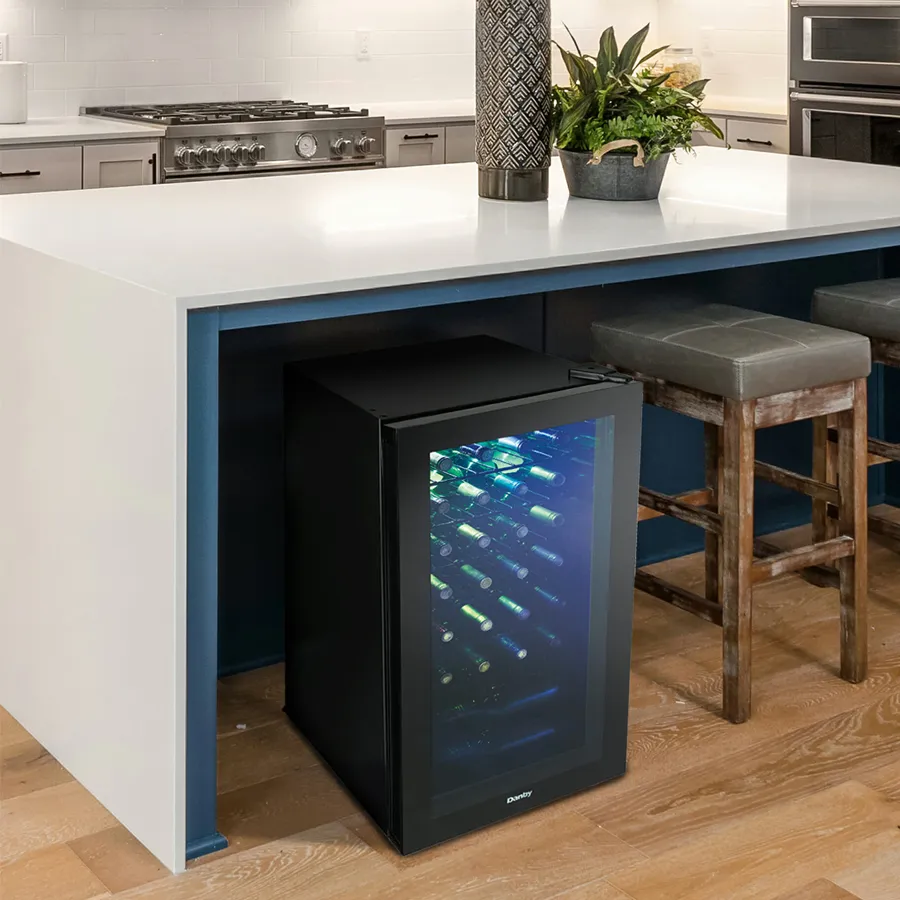Mold can only grow in conditions that are consistently warm, damp, dark, and fed with food. The majority of these items can be found within the confines of your wine cooler. When you take wine bottles out of their storage containers and put them back in your wine cooler, mold can begin to grow. If the relative humidity is just correct, the mold will cling to the wooden shelves and walls, and it will keep growing and multiplying thanks to the humidity. Regrettably, wine coolers aren’t functional without specific humidity levels to keep the corks from opening and releasing odors. The excessive humidity levels are probably to blame if you notice mold growth in your cooler on a regular basis. To remove extra moisture and humidity, we recommend utilizing moisture absorbers. Soaking up excess moisture with baking soda or chalk can help prevent mold from forming. Altering your cleaning procedures for the cooler might be necessary if the mold persists.
How Mold Growing?
We need to define mold and its formation process before we can discuss ways to prevent and clean it. Damp, warm, and gloomy places are ideal for the growth of mold, a kind of fungus. The spores it produces are very aerodynamic and so very useful for reproduction.
Conditions that Foster Mold Growth
Mold thrives in specific conditions, and understanding these conditions can help you prevent its growth in your wine cooler. The main factors that foster mold growth include humidity levels above 60%, poor ventilation, and temperatures between 77°F and 86°F. If your wine cooler is located in a humid environment or has inadequate ventilation, it becomes more susceptible to mold growth.
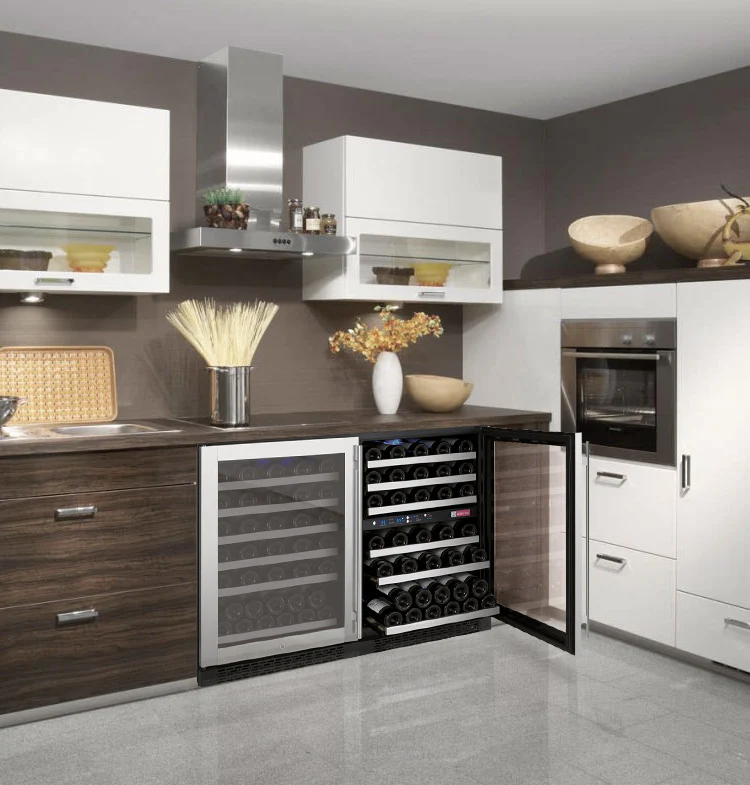
Conditions between 77 and 86 degrees Fahrenheit, as well as high humidity (more than 60%), are ideal for mold growth.
Types of Mold Found in Wine Coolers
There are several types of mold that are commonly found in wine coolers. Cladosporium, Penicillium, and Aspergillus are among the most common molds found in these environments. These molds can be harmful to your health if ingested and may also affect the flavor and quality of your wine. Perceiving an earthy or musty smell in your wine cooler may indicate the presence of mold.
| Mold Type | Consequences |
|---|---|
| Cladosporium | Can cause respiratory issues and affect the taste of wine. |
| Penicillium | Produces mycotoxins that can be harmful if ingested. |
| Aspergillus | Produces aflatoxins, which are carcinogenic and can contaminate wine. |
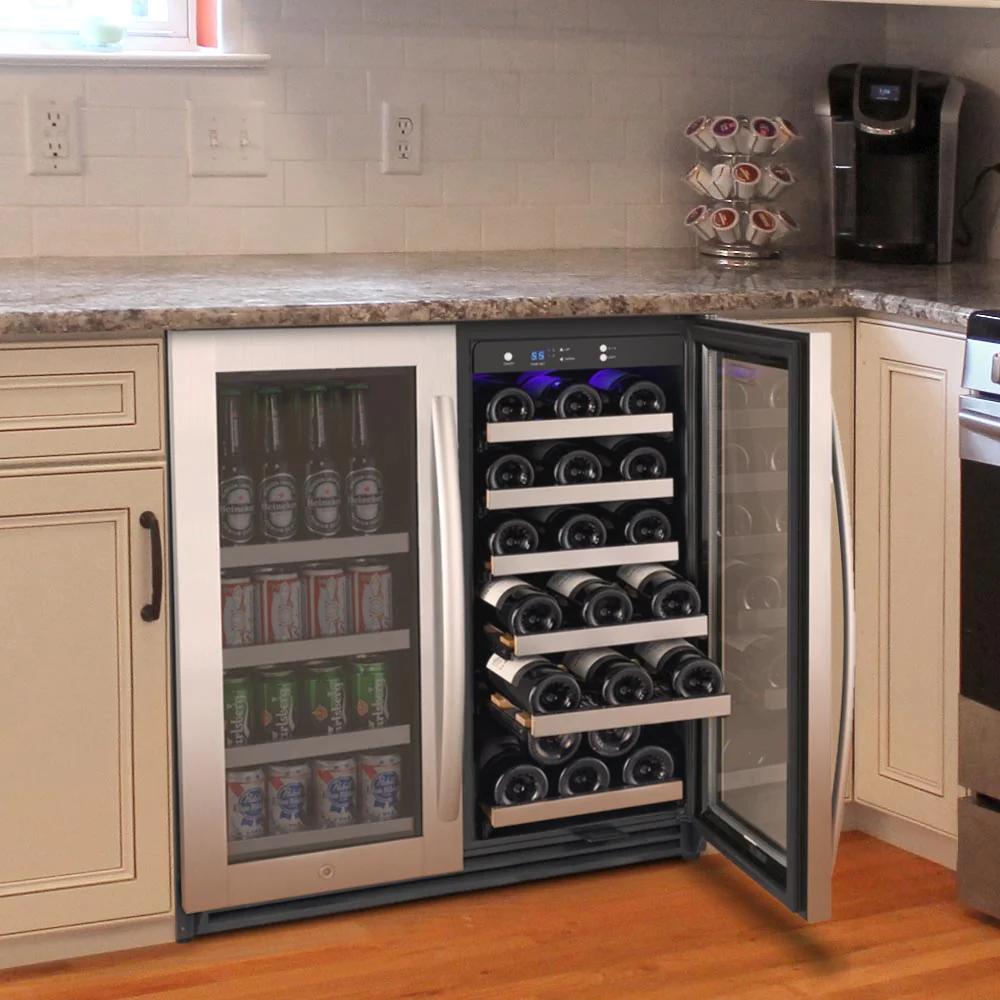
A variety of mold species are frequently encountered within wine coolers. Aspergillus, Cladosporium, and Penicillium are among the most prevalent fungal species in these environments.
Cleaning and Mold Removal
Mold can not only ruin your wine collection but also pose health risks to you and your family. Here’s how you can effectively clean and remove mold from your wine cooler. For mold removal from a wine cooler, it is critical to utilize effective and safe cleansing solutions that will not damage the wine or your health.You can use a mixture of white vinegar and water, or baking soda, which are both safe and natural alternatives to chemical cleaners. To effectively remove mold from your wine cooler, follow these steps:
| Step | Instructions |
| 1 | Unplug the wine cooler and remove all the bottles and shelves. |
| 2 | Mix white vinegar and water in a 1:1 ratio or use barking soda. |
| 3 | Dip a clean cloth into the solution and wipe the moldy areas inside the wine cooler. |
| 4 | Allow the cooler to air dry before placing the shelves and bottles back in. |
| 5 | Regularly check your wine cooler for any signs of mold growth and clean as needed. |
About Using Vinegar
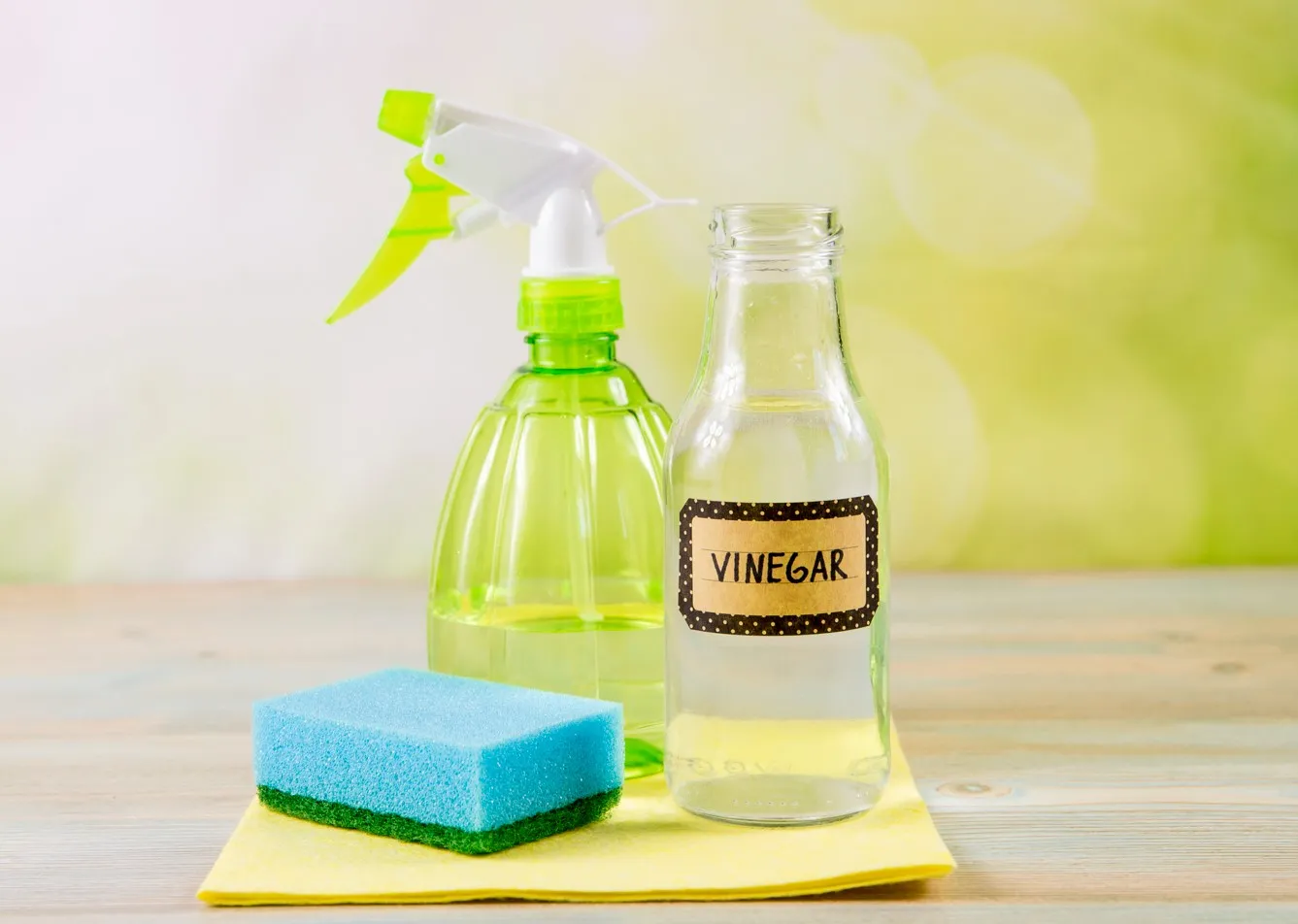
For eliminating mold, white distilled vinegar is the most effective vinegar. You have two alternatives for removing the mold: either pour some into a spray container or use a soft cloth or rag.
White distilled vinegar is the most efficient vinegar for killing mould. You have two options: either put some in a spray bottle or use a soft cloth or rag to wipe the mould off. To avoid mould recurrence, it is important to wipe down all surfaces thoroughly, same as when using bleach. To ensure that all of the bacteria are killed, let the vinegar sit for about an hour. After that, rinse the wine cooler and any other surfaces with warm, clean water to eliminate any leftover substance. You don’t want the vinegar smell or flavor in your wine, so be careful.
About Using Baking Soda
Baking soda isn’t as easy to work with as bleach or vinegar when it comes to cleaning. To begin, combine half of the baking soda with half of the water to make a paste. Spread this mixture within the cabinet. Just let it dry and watch as the germs in your wine cooler is magically eliminated. When it’s dry, scrape it off with a small, stiff brush. Reapply a solution of one to two tablespoons of baking soda to one cup of water and scrub the affected areas until they are completely clean. After it has dried, you can wipe it clean one again.
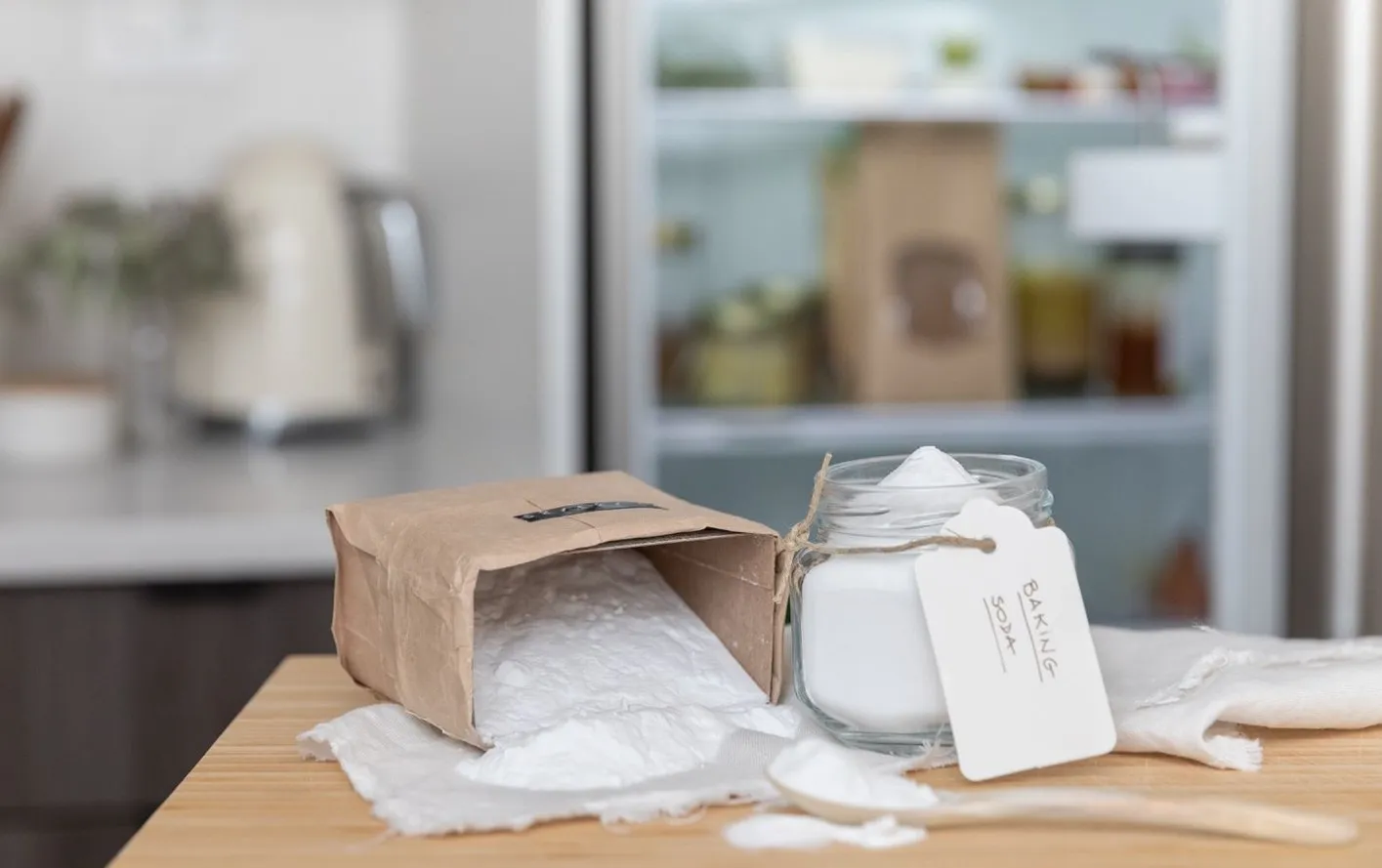
Baking soda presents a comparatively greater challenge in terms of cleansing compared to vinegar or bleach. To initiate, form a paste by combining half of the baking soda with half of the water.
Preventative Measures for Mold
Any wine enthusiast knows the frustration of finding mold in their wine cooler. Luckily, there are several preventative measures you can take to keep mold at bay and ensure your wine stays in pristine condition.
Proper Installation and Ventilation
Be sure to put your wine cooler somewhere with good air circulation when you set it up. In order to avoid the growth of mold, it is crucial to have adequate ventilation. The wine cooler needs to be well-ventilated, so leave plenty of room around it. In addition to lowering the likelihood of mold growth, this will keep the cooler at the optimal temperature and humidity.
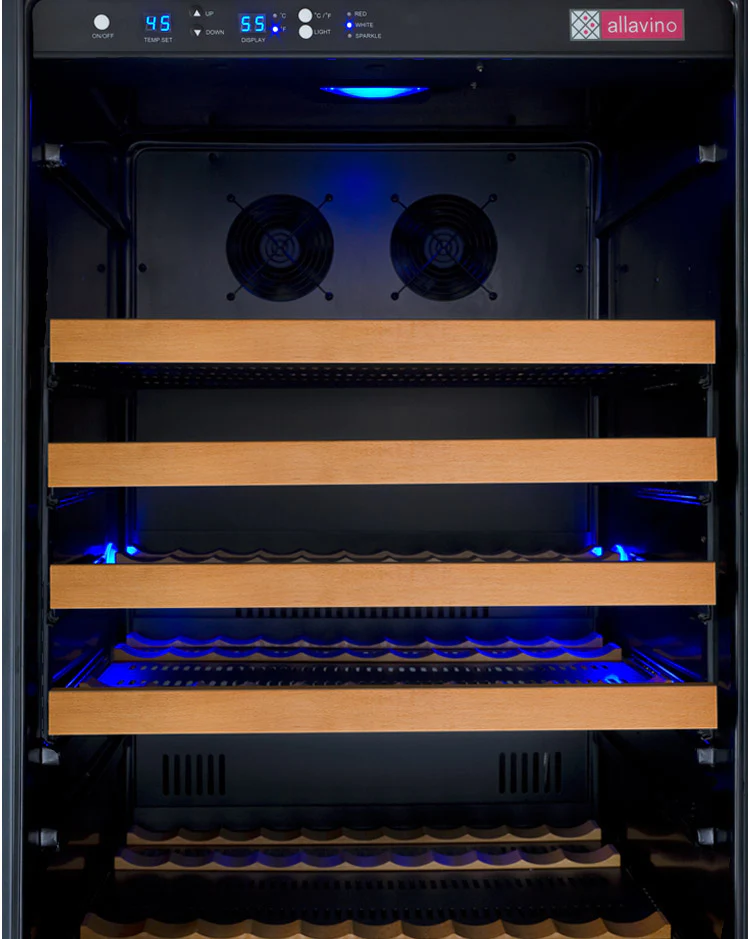
Ensure that the location where you assemble your wine cooler has adequate air circulation. Adequate ventilation is an absolute necessity to prevent the development of mildew.
Maintaining Optimal Temperature and Humidity
Keeping the wine cooler at the ideal temperature and humidity level is also important for preventing mold. Keeping the temperature between 45 and 65 degrees Fahrenheit (7 and 18 degrees Celsius) is another effective way to prevent mold formation. For the best results while chilling wine, refer to the table below for recommended temperature and humidity ranges.
Ideal Temperature and Humidity Levels for Wine Storage:
| Temperature | Humidity |
|---|---|
| 45-65°F (7-18°C) | 50-70% |
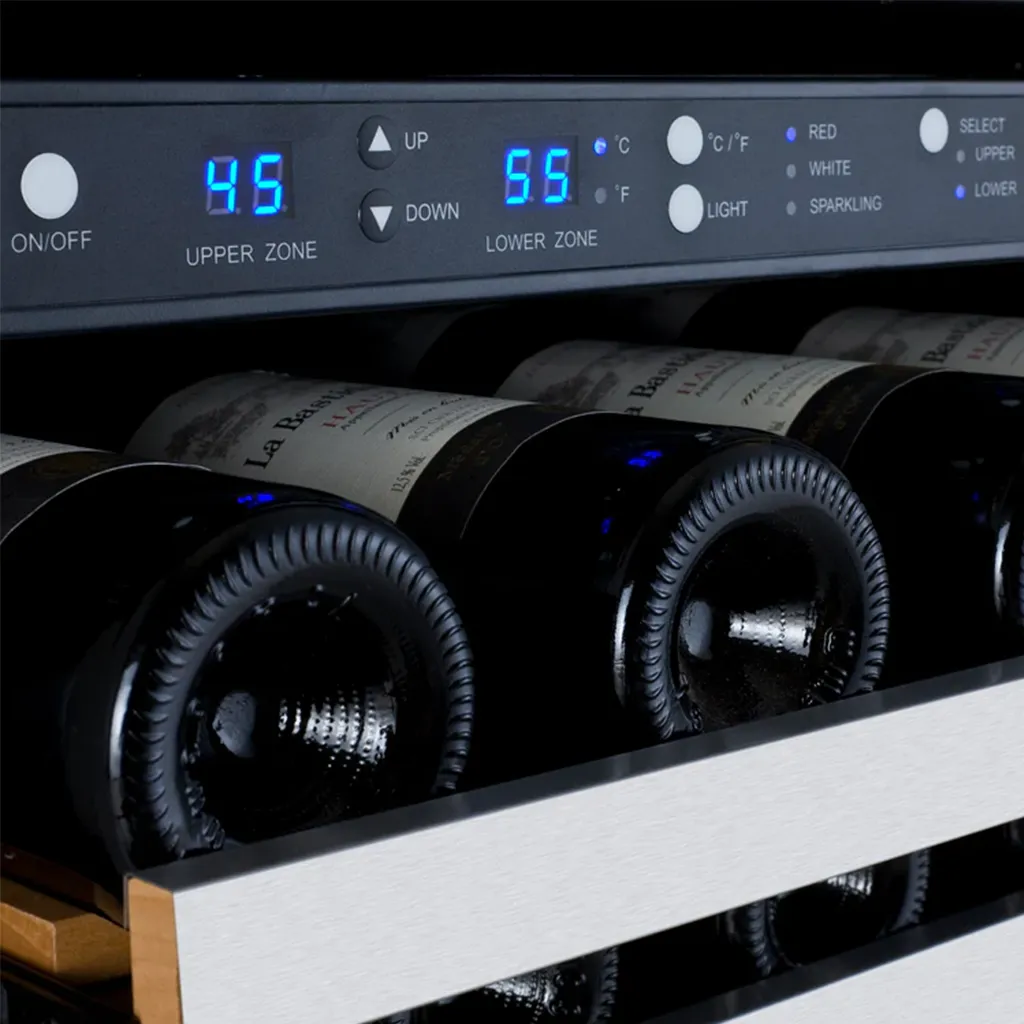
The ideal temperature range to avoid mold growth is 45–65 degrees Fahrenheit, or 7–18 degrees Celsius.
FAQs About Prevent Mold and Clean Them From Wine Cooler
Why is it important to prevent mold in a wine cooler?
Mold can affect the quality and taste of your wine, and it can also be hazardous to your health if consumed. Preventing mold in a wine cooler is crucial for maintaining the integrity of your wine collection.
What are some ways to prevent mold in a wine cooler?
To prevent mold in a wine cooler, it’s important to keep the cooler clean and dry. Regularly wipe down the interior with a mixture of water and white vinegar to prevent mold growth. Additionally, ensure proper ventilation and airflow within the cooler to prevent moisture buildup.
How often should I clean my wine cooler to prevent mold?
It is recommended to clean your wine cooler every 3-6 months to prevent mold growth. However, if you notice any signs of mold or mildew, it’s important to clean the cooler immediately to prevent further contamination.
What is the best way to clean mold from a wine cooler?
To clean mold from a wine cooler, first unplug the unit and remove all wine bottles. Use a mixture of water and white vinegar to scrub the affected areas, then thoroughly dry the cooler with a clean, dry cloth. If the mold is extensive, consider using a mildew cleaner specifically designed for refrigerators and wine coolers.
Are there any additional tips for preventing mold in a wine cooler?
In addition to regular cleaning and proper ventilation, it’s important to monitor the humidity levels in the wine cooler. Keep the humidity level around 60-70% to prevent mold growth. Additionally, store your wine bottles in a way that allows for proper air circulation to further prevent mold and mildew.

